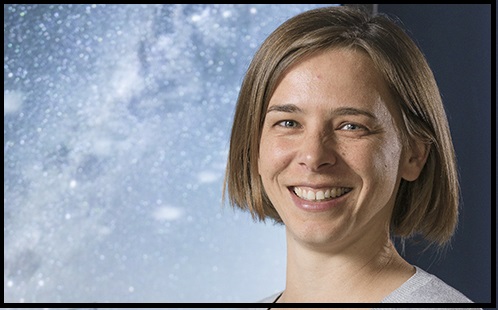A new strategy for promoting participation of women in STEM (science, technology, engineering and mathematics) may have been backed by $3.4m in Budget funding, but experts warn that Australia’s national prosperity remains at risk from systemic deficiencies in the promotion of diversity.
Launched in the runup to Budget night, the Women in STEM Decadal Plan was developed by the Australian Academy of Science (AAS) and Australian Academy of Technology and Engineering (AATE).
Built around a vision for a “fit for the future, globally recognised” workforce that is “diverse and gender-balanced”, the Decadal Plan notes that just 16 percent of Australia’s STEM workforce are women.
Australian girls falling behind
Girls in Australia were the least likely out of all Asia-Pacific countries to undertake STEM subjects in school: just 27 percent did so, the report noted, compared with 76 percent in China and 69 percent in India.
The ten-year plan lays out six opportunities to strengthen gender equity in Australia’s STEM industries – including the establishment of a national framework to guide decision-making and support effective STEM measures.
The need to increase female participation in STEM was as much driven by business imperative as by the need for gender equality, newly appointed ambassador for Women in STEM Professor Lisa Harvey-Smith said in launching the plan.

Lisa Harvey-Smith
Australian policies “need to be getting those large tech companies to stay in Australia,” she said, “and we need to be developing business capabilities around the new economies and become worldwide competitive again.”
Problems with attracting, retaining and progressing women were driving university enrolment statistics that confirm women remain poorly represented in areas such as engineering and computing – where they make up just 17 and 19 percent of enrolments, respectively.
By contrast, women are in the majority in areas such as health (70 percent), biological sciences (57 percent), and medical science (53 percent).
And while women are equally represented in STEM subjects as university tutors, lecturers and research fellows, participation drops off with seniority: just 23 percent of university professors in STEM subjects, for example, are women.
This was replicated in private industry, with women holding just 28 percent of management positions and just 8 percent of CEO or equivalent roles in Australian STEM organisations.
Grassroots efforts were great but “the systemic and sustained change required to make a step change in achieving gender equity in Australia will primarily occur when led and championed from the top,” AAS fellow and Expert Working Group member Professor Sue O’Reilly said in launching the plan.
The Decadal Plan is the result of a previous government commitment to support greater female STEM participation, with a $4.5m package launched last year that also included a formal Women in Science Strategy; the ambassadorial role that Professor Harvey-Smith now occupies; and a Girls in STEM Toolkit for school-age girls.
This year’s Budget includes $3.4m over four years to reinforce STEM programs, with a three-year extension of the Science in Australia Gender Equity (SAGE) program and a digital content National Awareness Raising Initiative to be led by Harvey-Smith.
STEM investment “cold comfort” if there are no jobs
Distinguished Professor Jenny Graves, a vice chancellor’s fellow at La Trobe University and 2017 winner of the Prime Minister’s Prize for Science, welcomed the additional funding for SAGE but was concerned about the bigger picture in the Budget’s science allocations.
“Mainly I worry that the recent withdrawal of fifty times this amount in research funding from universities is making it impossible for them to achieve SAGE targets anyway,” Graves said in a Budget response that also hoped for more clarity around the digital-awareness initiative.

Jenny Graves
“A lot of things that would really help women cost money... [but] universities have fewer and fewer resources to improve their support of women in STEM. Further shrinking of University funding exacerbate problems in the workplace and makes it even more unfriendly for women.”
Natasha Abrahams, national president of the Council of Australian Postgraduate Associations (CAPA), questioned the value of women-in-STEM initiatives that, the organisation has argued, “cannot coexist with the war on science”.
Those initiatives “are cold comfort as science has been starved of funding in recent years,” she noted while comparing the $3.4m in STEM funding to the $328m that has been “ripped from” R&D funding over the last year and a half.
Increased female participation “is irrelevant if research is not properly funded,” Abrahams said. “There is no point creating the digital awareness initiative for women in science, when graduates of science degrees face poor career prospects in Australia due to the government’s sustained war on science.”
AATE vice president of diversity Dr Bruce Godfrey was more bullish about the plan’s potential to turn around Australia’s STEM inequity by 2030.
“If this plan and the opportunities contained within it are realised,” he said, “the STEM graduates of 2030 will join workplaces that are respectful, free of harassment and discrimination, value diversity, and structured to support a variety of STEM careers that include women in leadership positions.”




.jpg)





